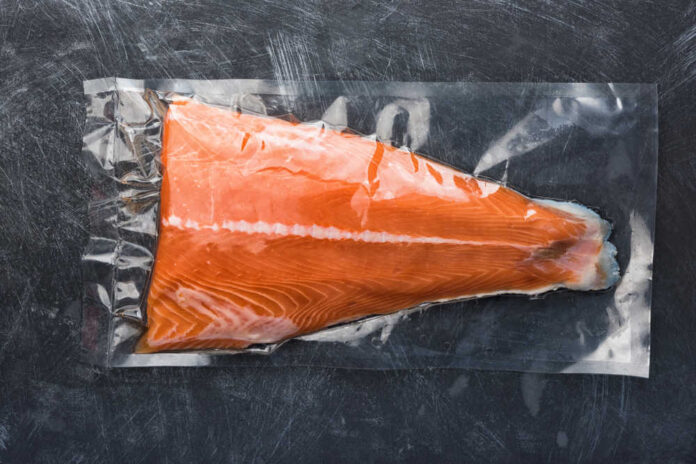
Fish is one of the healthiest food options that you can eat, but if it’s not stored correctly, it can quickly become unsafe to consume.
Improper fish storage can lead to various dangerous food-borne illnesses, so it’s important to take precautions when purchasing, cooking and storing your fish.
Here are some tips for safely storing your fish:
Buy Fresh or Frozen-Fresh
As soon as a fish is caught, it begins to deteriorate and spoil. It needs to be put on ice or frozen as soon as possible—and stay that way until you’re ready to cook it.
When you buy fresh fish from a store, make sure it’s displayed on a bed of ice or in a refrigerated case.
It should not have a fishy smell. The skin should be firm, the eyes should be clear, and the flesh should bounce back when pressed.
If it is already cut, it should not have any discoloration around the edges.
When buying frozen fish, ensure the packages are fully and tightly sealed. There should be no ice crystals or freezer burn.
If you don’t trust that the seller has done a good job at packing or preserving the fish, do not buy it.
Refrigerate For Only 1 or 2 Days
When you return from the store, don’t just leave it out on the counter. If you’re not planning on cooking it immediately, put it in the refrigerator. It can generally last for 1 or 2 days in a refrigerator that is 40°F or lower.
If you need to store it for longer than that, it needs to go in the freezer.
Freeze For 3-6 Months
Depending on the type of seafood, you can store it in the freezer for 3-6 months. To prevent freezer burn and maintain maximum freshness, wrap it tightly in an airtight plastic wrap or a sealed container.
Make sure you don’t let it thaw before re-freezing, as this can significantly reduce the quality and longevity.
Label and Date Your Fish
When you put your fish in the freezer, make sure to label it with the type of fish and the date you purchased it (and any other related information on the package).
You won’t remember this information in a few months when you want to cook it, so writing it down and attaching it to the package is a good habit.
This way, you can make sure that you’re eating the freshest fish possible.
Does It Pass the Smell Test?
Whether you are buying it fresh or pulling it out of the fridge or freezer, give it a quick sniff before you cook it.
If it has an overly fishy smell, or if the smell is off in any way, do not eat it. A fresh fish should generally not have a significant odor.
While cooking can kill off any bacteria, it won’t correct the quality of the fish if it had already gone bad before you cooked it.
The Bacteria Danger Zone
Some types of bacteria can survive in extreme temperatures. But the ones that tend to make us sick are the ones that thrive in temperatures near room temperature and body temperature.
Salmonella, for example, survives in temperatures between 43-115°F, with 98.6°F being the optimal temperature for its growth (and, therefore, for making you sick if it gets inside your body).
The danger zone for most disease-causing bacteria is recognized as being between 41-135°F. The more time that seafood (or any meats or leftovers) spends in this temperature range, the more likely it is to contain bacteria that can make you ill.
That’s why it’s so important to store your seafood below 40°F and cook it to at least 145°F. Don’t risk your health (or your dinner guests’ health) by not storing or cooking your seafood properly.






















